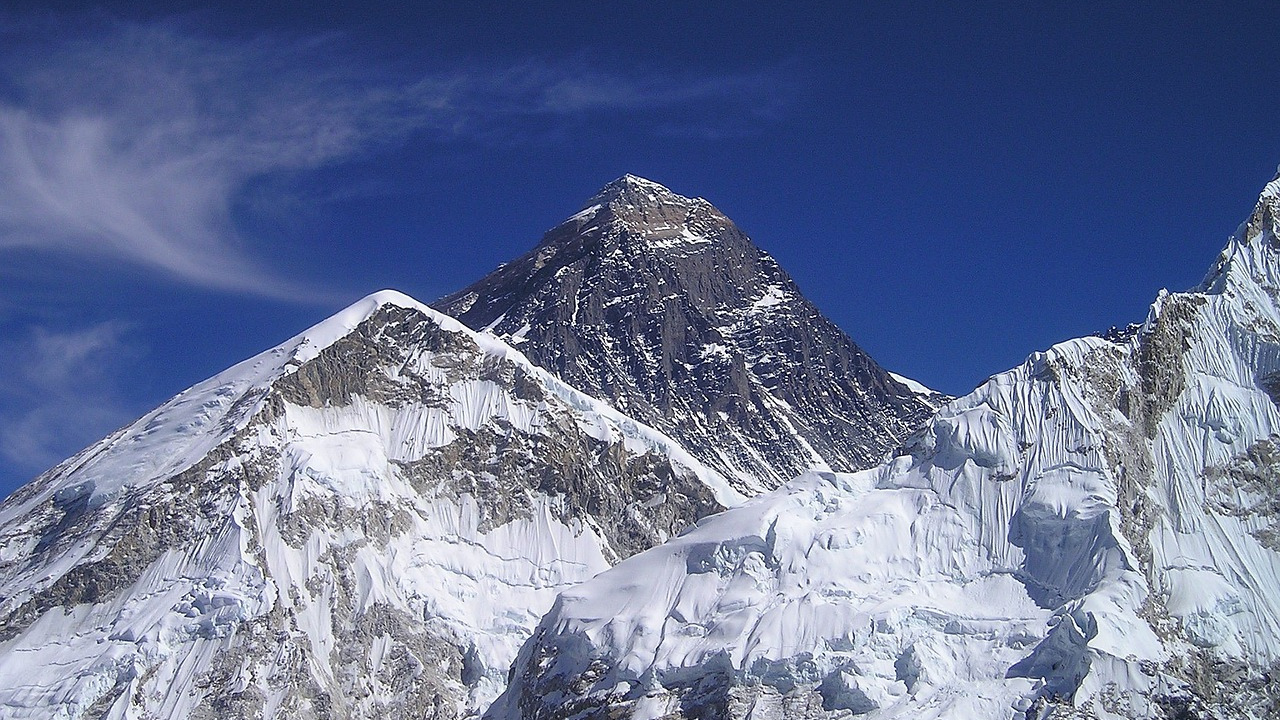
Pre-reading questions:
- What is the tallest mountain in your country?
- What unique features or characteristics does the tallest mountain in your country have?
Vocabulary:
- subcontinent /suhb-KON-tn-uhnt/
- uplift /UHP-lift/
- erosion /ih-ROH-zhuhn/
- cargo /KAHR-goh/
- geological /jee-uh-LO-juh-kl/
[noun] – a large landmass smaller than a continent, typically referring to a distinct region of a continent
The Indian subcontinent is known for its diverse cultures and languages.
[noun] – the increase in height or elevation over a period of time
Due to ongoing volcanic activity, the uplift of the region has accelerated, raising concerns among local residents.
[noun] – the process by which soil and rock are removed from the Earth’s surface by natural forces such as wind or water
The erosion of the coastline has become a major environmental concern.
[noun] – goods or products transported, typically by ship, plane, or vehicle
The cargo was delivered safely to the port after a long journey.
[adjective] – relating to the study of the Earth’s physical structure and substance, its history, and the processes that act on it
Many geological formations provide insight into the Earth’s history.
Article reading:
One important factor in this uplift is called isostatic rebound. When erosion removes weight from the Earth’s crust, the land rises, similar to how a boat floats higher when it loses cargo. Researchers believe that isostatic rebound contributes to about 10% of Mount Everest’s annual uplift. Other mountains nearby, like Lhotse and Makalu, also experience similar geological changes. GPS data shows that the Himalayas are still rising, which is greater than the erosion caused by natural forces like wind and rain. This ongoing research highlights how the planet is always changing. As geoscientist Jin-Gen Dai noted, the ongoing transformation of Mount Everest reveals Earth’s dynamic nature and its importance in understanding the natural world.
Comprehension questions
- How high is Mount Everest above sea level?
- What recent studies show about the height of Mount Everest?
- What does isostatic rebound mean in the context of Mount Everest?
- What natural forces cause erosion according to the article?
- What does the ongoing transformation of Mount Everest indicate about the planet?
Discussion questions
- Have you ever visited a mountain or a high place? If so, what did you enjoy most about the view? If not, would you like to visit one someday? Why?
- Do you know anyone who enjoys hiking or climbing mountains? If so, what do they like about it? If not, what activities do you enjoy doing outdoors?
- Do you agree that studying mountains helps us understand our planet better?
- Why do you think the study of geological processes, like erosion and uplift, is important for our future?
- In what ways do you think the ongoing growth of Mount Everest impacts the environment around it?